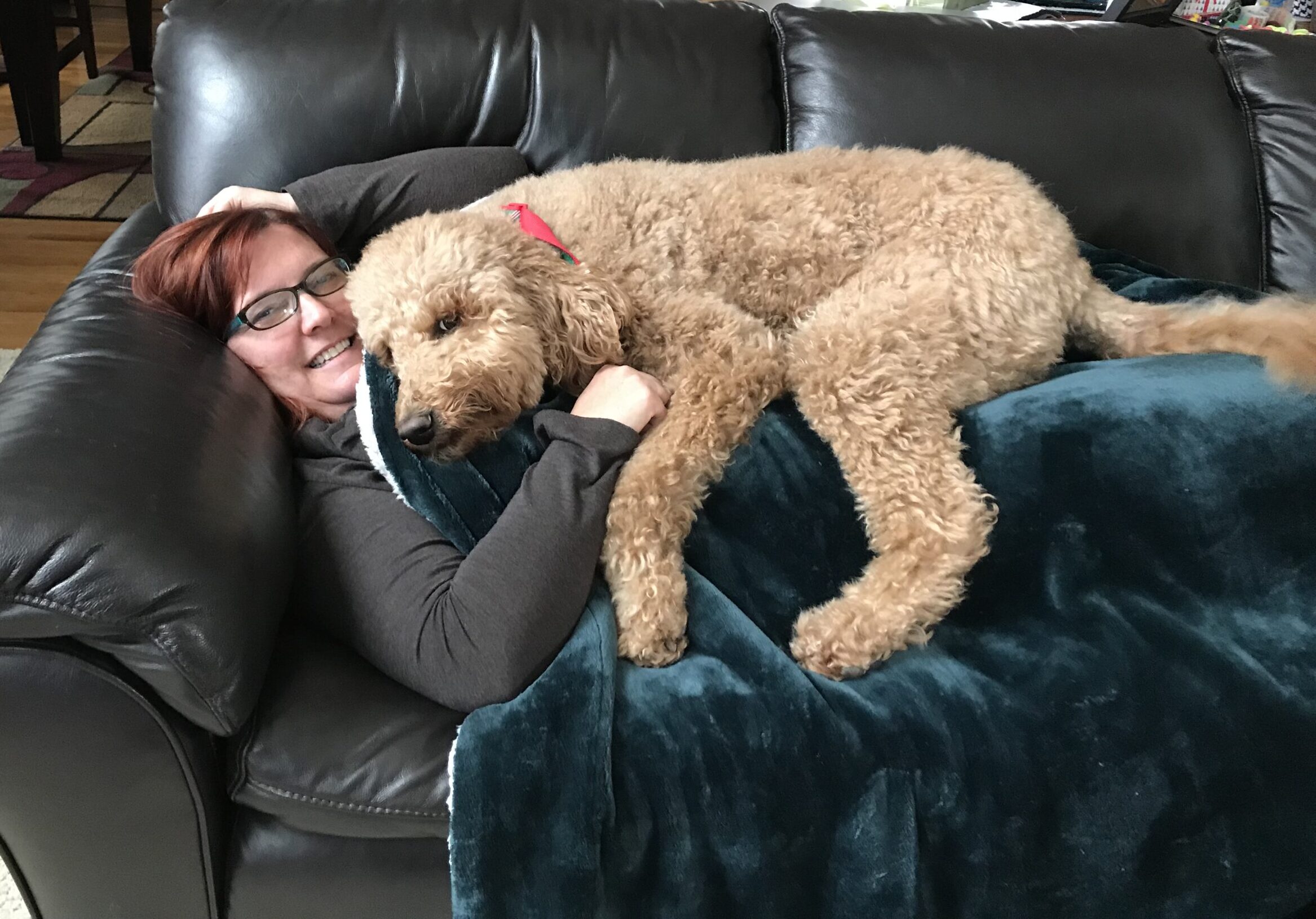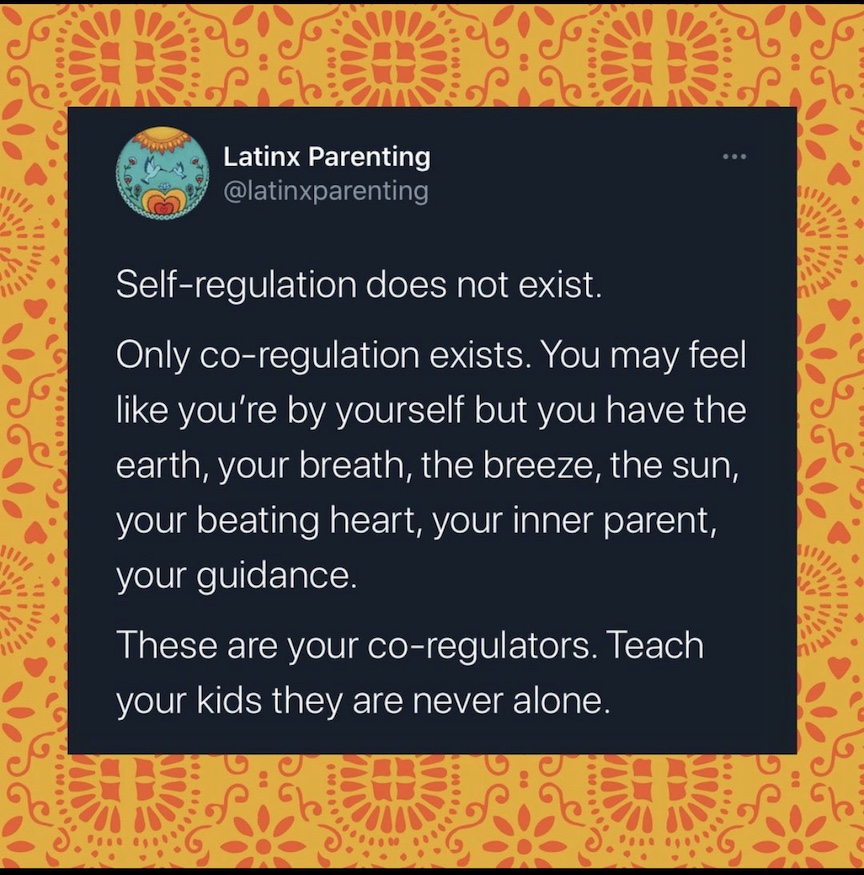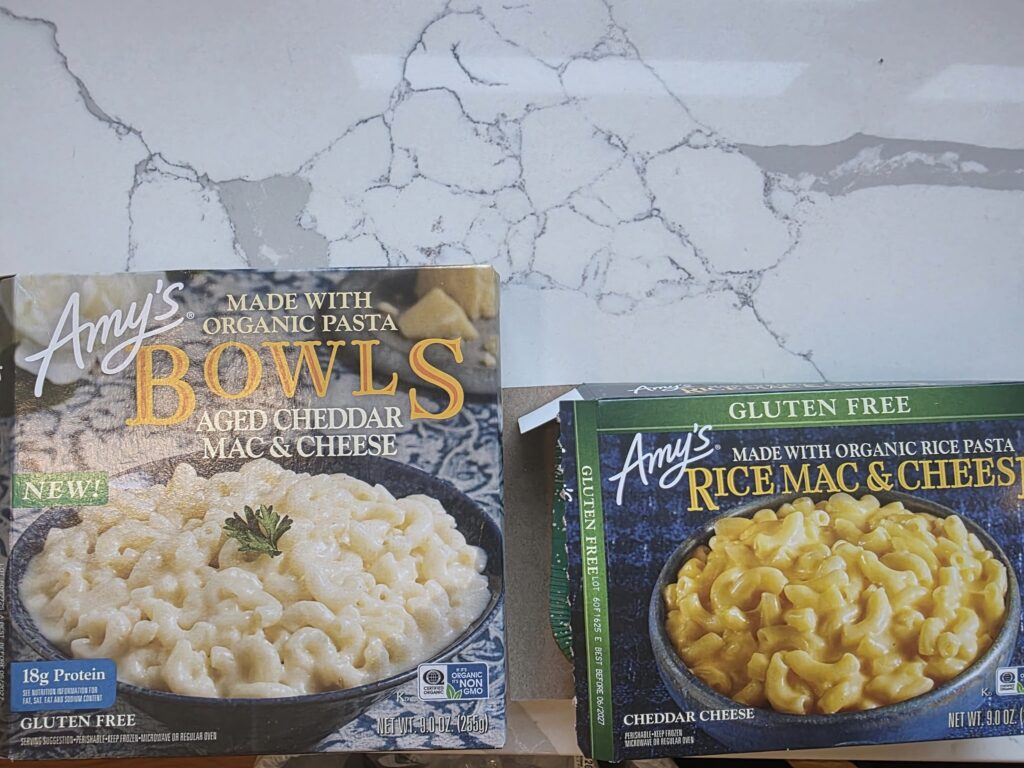In times as stressful and uncertain as these, it’s good to know about co-regulation: a way to give comfort, support and safety to those close to you.
Co-regulation is a daily thing in our family, making our lives measurably better.
Co-regulation is the act of lending someone your calm and helping their nervous system feel safe. It is a supportive, interactive and ever-changing process that helps children and teens deal with their big emotions and learn to self-regulate or self-soothe.
If you’ve ever had someone take your hand when you were scared or upset, you instinctively understand co-regulation. Humans are social creatures who thrive on our connections with others. When we feel intense emotions, it helps us to be soothed, comforted or just be in the close company of someone we trust.
Parents naturally co-regulate and calm their infants by holding, patting, shushing, singing and talking softly to them when they cry. Over time, as many kids and teens get older, they need less co-regulation and can self-soothe or self-regulate.
For some people, including highly sensitive or neurodivergent folks, there may always be a need for co-regulation – and that’s okay! We all need help sometimes.
Are you ready to learn six cool things about co-regulation that I wish I knew before becoming a parent – and that I think absolutely everyone should know?
1. Needing co-regulation doesn’t mean you’re weak or over-sensitive. Needing co-regulation means you are human! We are wired this way for a reason. When our nervous system feels unsafe, being around and cared for by others in our family or tribe helps us to feel safe and protected. Yes, our society prizes individualism and toughness, but as humans we’re also tender and vulnerable. We’re social beings and require communion with other social beings to feel our best. Isolation is not good for anyone’s mental health!
2. You can’t co-regulate someone else unless you yourself are calm. If you’re trying to help your kids calm down, but you are feeling frantic, angry or stressed yourself, it’s not going to work. Co-regulation involves lending someone your calm. You must practice self-regulation, and become good at staying calm in stressful situations, before you can help others. Practice taking long, slow, deep breaths to regulate your own nervous system and become calm. I work on this all the time – even when I’m already calm. Only when we can remain calm in the face of stress can we model it for our kids, coach them to learn to breathe that way, and be a co-regulating queen (or king!).
3. It doesn’t always have to be a human who co-regulates us. If you find yourself petting your dog or cat to soothe yourself, guess what? You are being co-regulated. Many companion animals are fantastic at co-regulation! One of my dogs does not like to co-regulate a stressed-out human and will go the other way if she senses any anxious or agitated feelings. My other dog, however, welcomes co-regulation and will lean her body against me in the most comforting way when I’m feeling sad or stressed. When cats sit on us and purr, they are co-regulating us – a precious gift.
4. Sometimes the people who need co-regulation most at times are the best at giving it to others. Our highly sensitive child is the #1 person you want around you if you are upset, stressed or in need of co-regulation. She helps us in this way as much as – if not more than – we help her! She’s so attuned to my mood that often she knows I’m in need of co-regulation before I do. Highly-sensitive people have superpowers and those of us lucky enough to love and care for them get to benefit from their amazing gifts. If you have a highly sensitive person in your life, thank them for being amazing!
5. Most adults were never taught about co-regulation as kids. If you’ve never heard of this skill, it’s not surprising – it used to be the realm of therapists and psychologists. I’m glad this knowledge is being shared more widely today! We’ve found some great videos that teach co-regulation if you want to learn more. It’s possible you’ve been co-regulating your kids without even realizing it – but learning about the skill will help you hone it and be even more intentional about how co-regulation can support those you love.
6. Teens can build self-regulation skills over time, and co-regulation can help. Many people think that we’re either born with the ability to self-regulate or we’re not, but that’s not true. Children and young people are taught how to self-regulate through healthy and happy interactions and co-regulation with the adults in their lives. Sometimes parents think that adolescence is a time to back off from growing teens, but actually, they need our modeling and co-regulation support more than ever during this tumultuous time in their lives.
I’ve known for a while that staying calm can help my family, but I didn’t know exactly how or why until I learned about co-regulation. I’m so happy to have this additional tool in my mental health and self-care toolkit!
Do you practice co-regulation with your family, and do you have any co-regulating tips or tricks to share? I’d love to hear them in the comments below or over on Facebook or Instagram.




